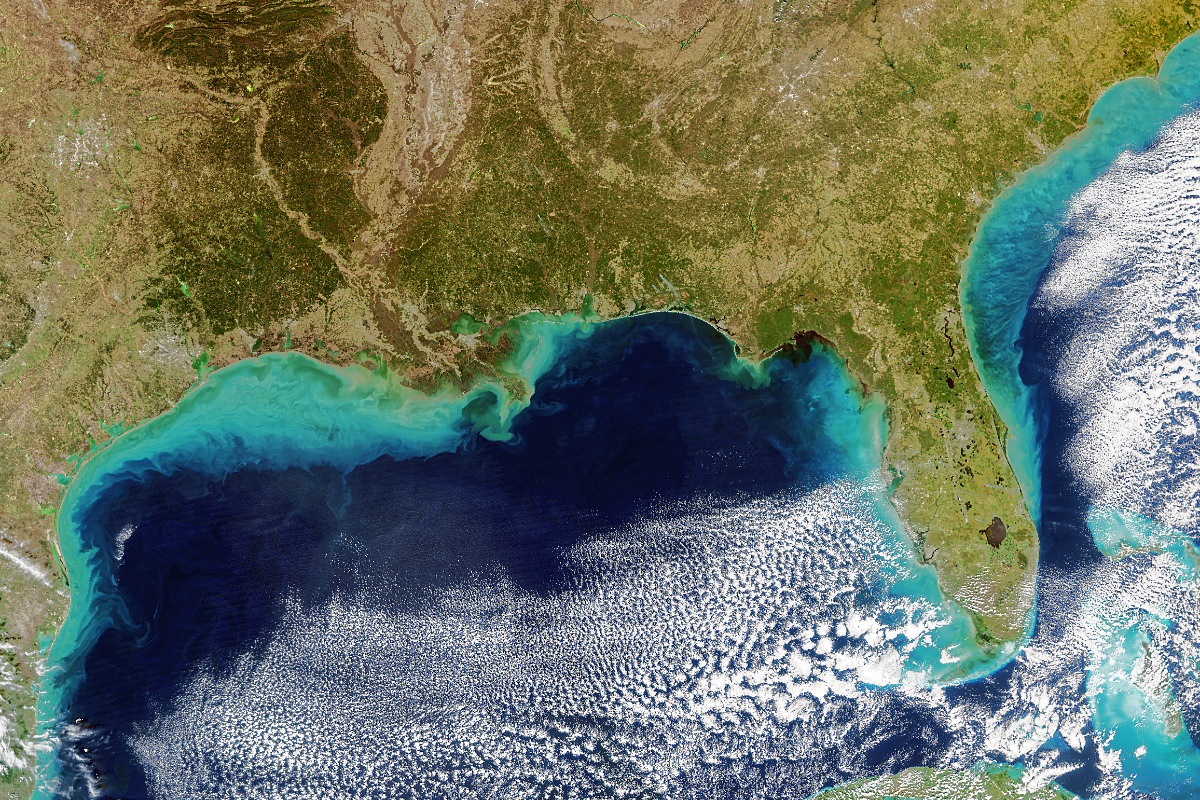Excerpt:
One of the most rapid sea level surges on Earth is besieging the American South, forcing a reckoning for coastal communities across eight U.S. states, a Washington Post analysis has found. At more than a dozen tide gauges spanning from Texas to North Carolina, sea levels are at least 6 inches higher than they were in 2010 — a change similar to what occurred over the previous five decades.
Scientists are documenting a barrage of impacts — ones, they say, that will confront an even larger swath of U.S. coastal communities in the coming decades — even as they try to decipher the precise causes of this recent surge.The Gulf of Mexico has experienced twice the global average rate of sea level rise since 2010, a Post analysis of satellite data shows. Few other places on the planet have seen similar rates of increase, such as the North Sea near the United Kingdom.“Since 2010, it’s very abnormal and unprecedented,” said Jianjun Yin, a climate scientist at the University of Arizona who has studied the changes. While it is possible the swift rate of sea level rise could eventually taper, the higher water that has already arrived in recent years is here to stay.“It’s irreversible,” he said.
As waters rise, Louisiana’s wetlands — the state’s natural barrier against major storms — are in a state of “drowning.” Choked septic systems are failing and threatening to contaminate waterways. Insurance companies are raising rates, limiting policies or even bailing in some places, casting uncertainty over future home values in flood-prone areas.
Roads increasingly are falling below the highest tides, leaving drivers stuck in repeated delays, or forcing them to slog through salt water to reach homes, schools, work and places of worship. In some communities, researchers and public officials fear, rising waters could periodically cut off some people from essential services such as medical aid.
While much planning and money have gone toward blunting the impact of catastrophic hurricanes, experts say it is the accumulation of myriad smaller-scale impacts from rising water levels that is the newer, more insidious challenge — and the one that ultimately will become the most difficult to cope with.
“To me, here’s the story: We are preparing for the wrong disaster almost everywhere,” said Rob Young, a Western Carolina University professor and director of the Program for the Study of Developed Shorelines.
“These smaller changes will be a greater threat over time than the next hurricane, no question about it,” Young said…









